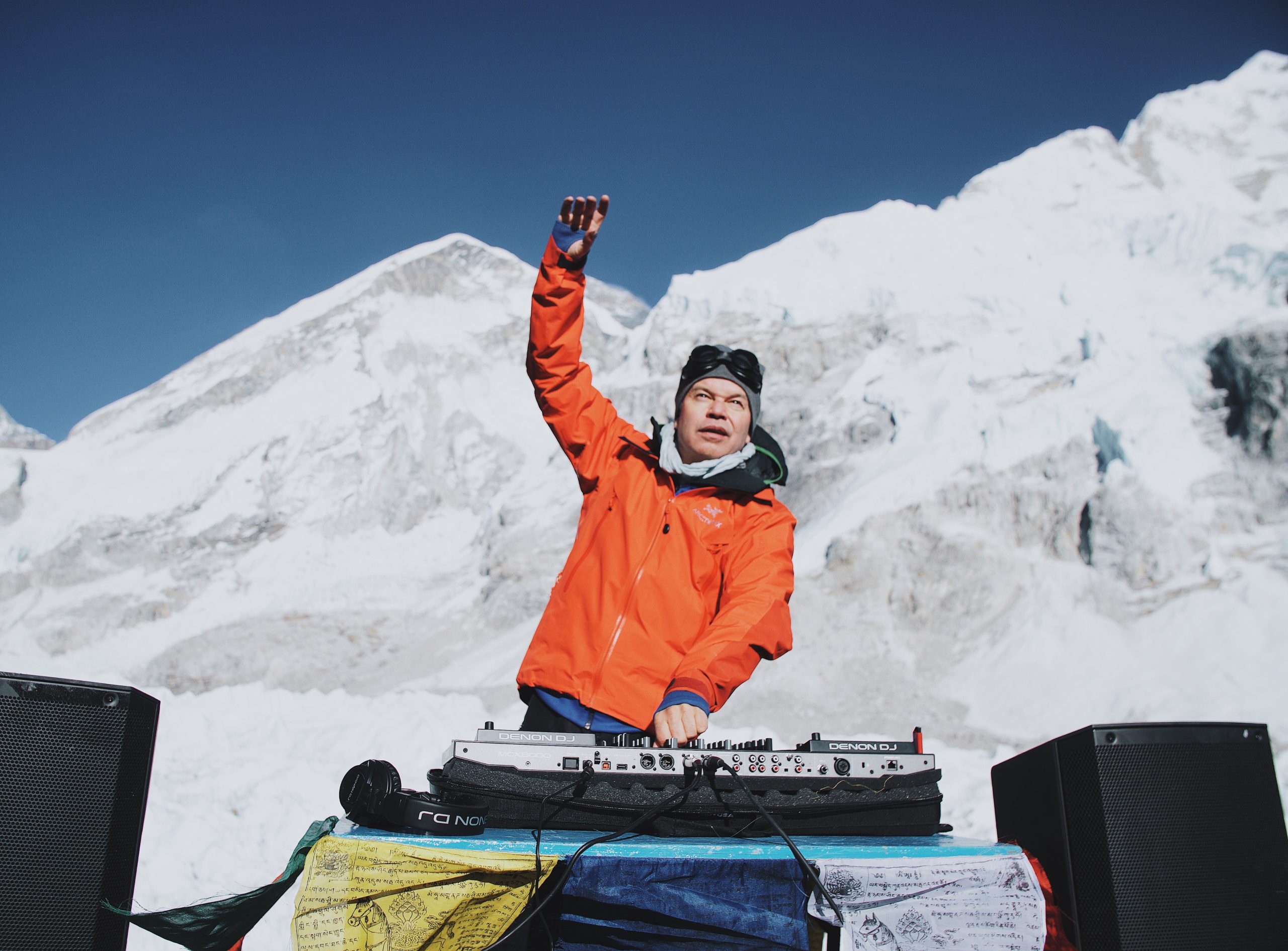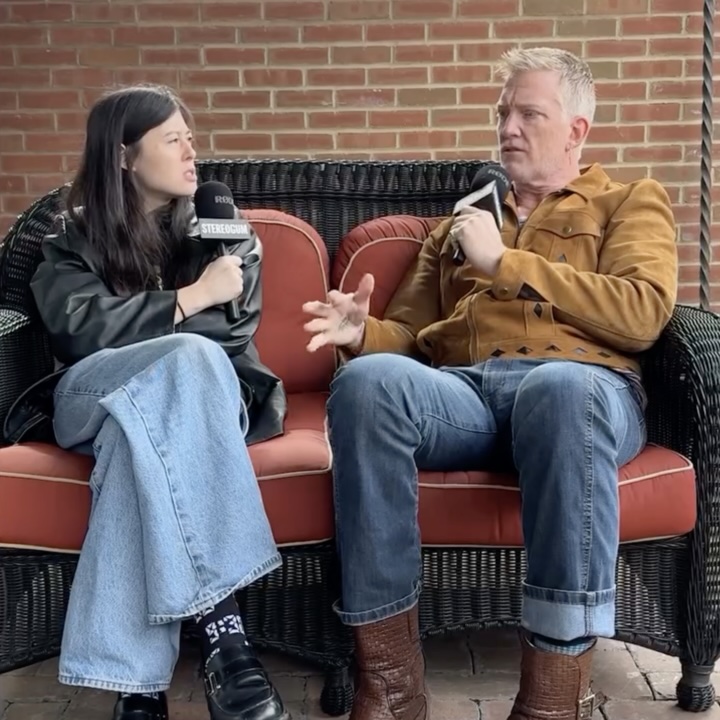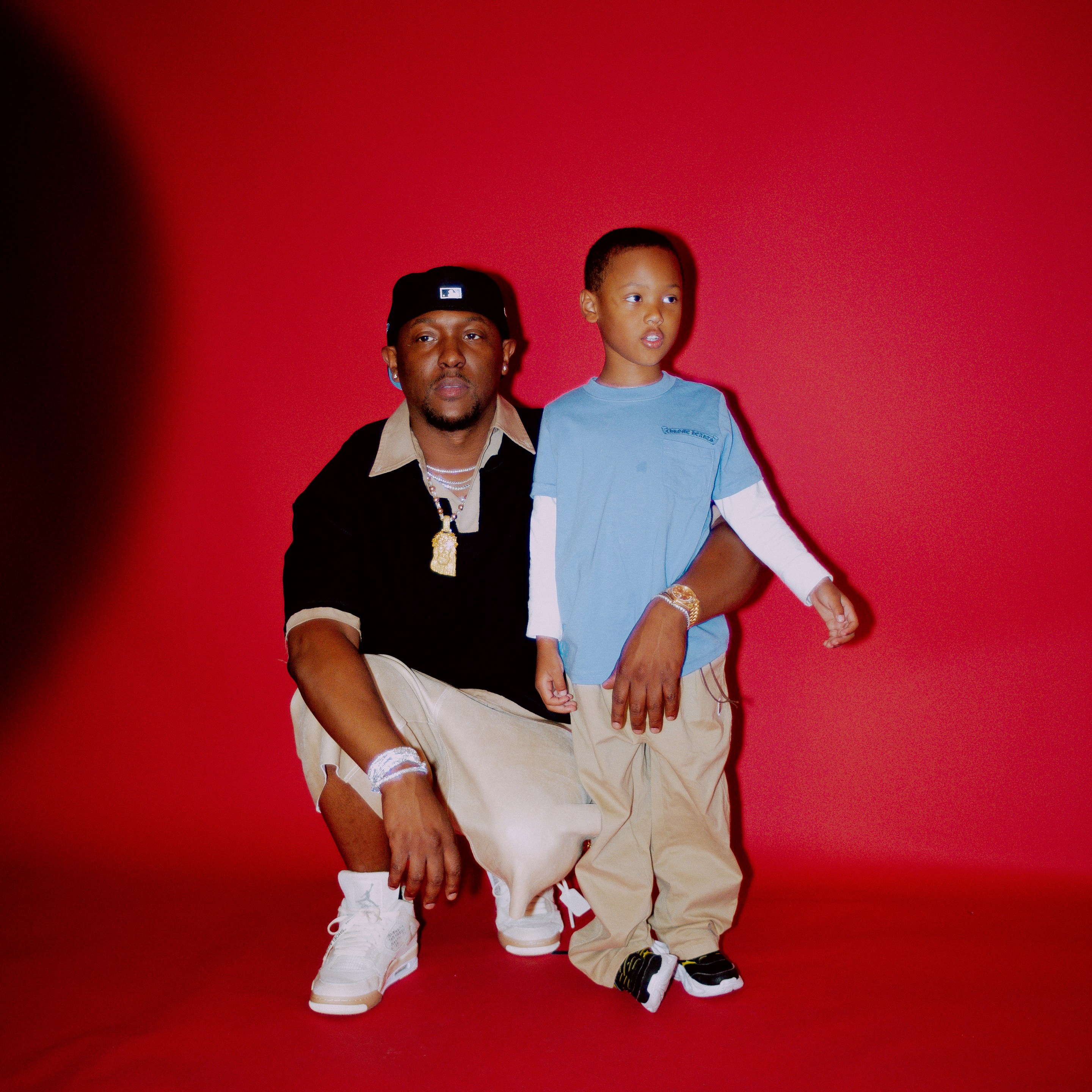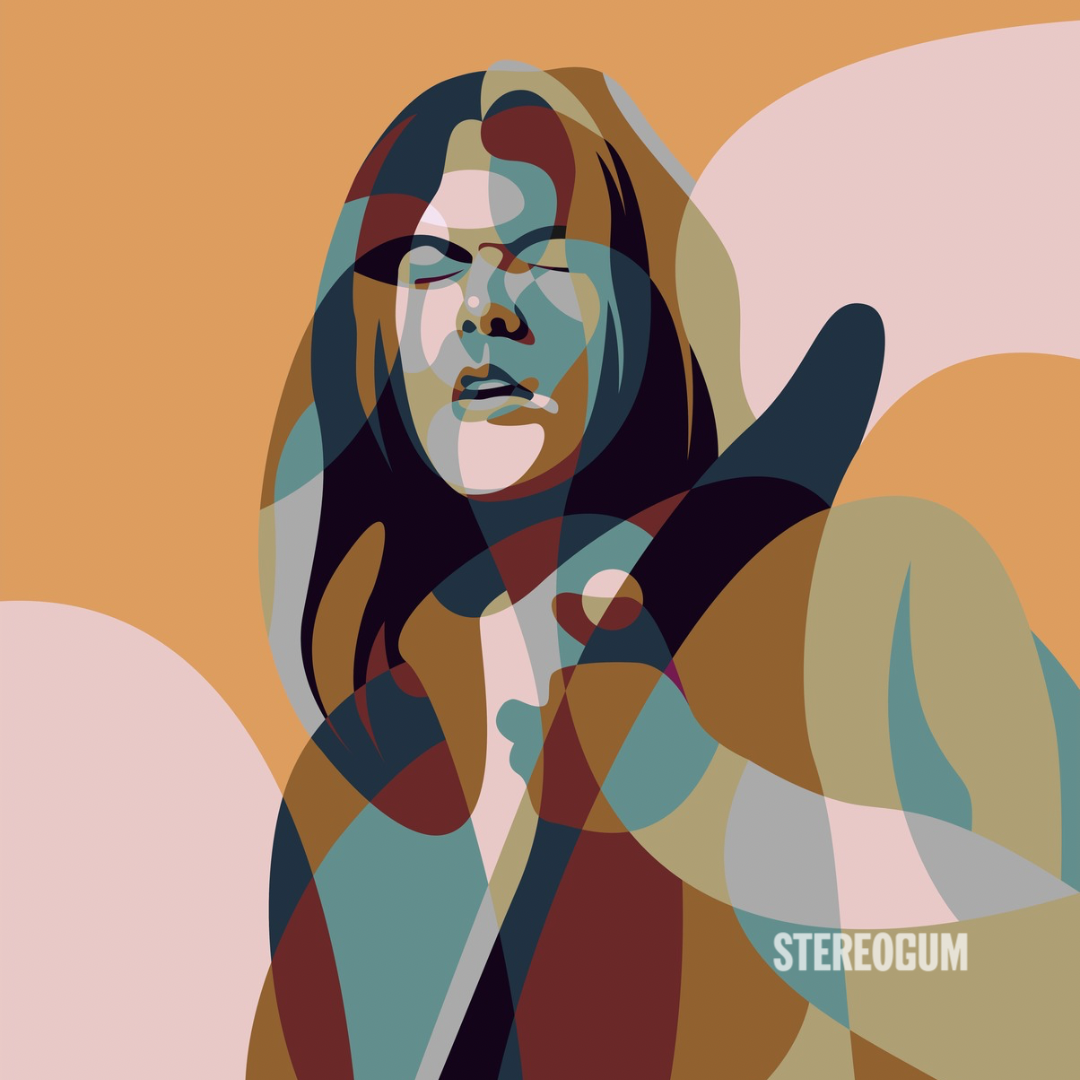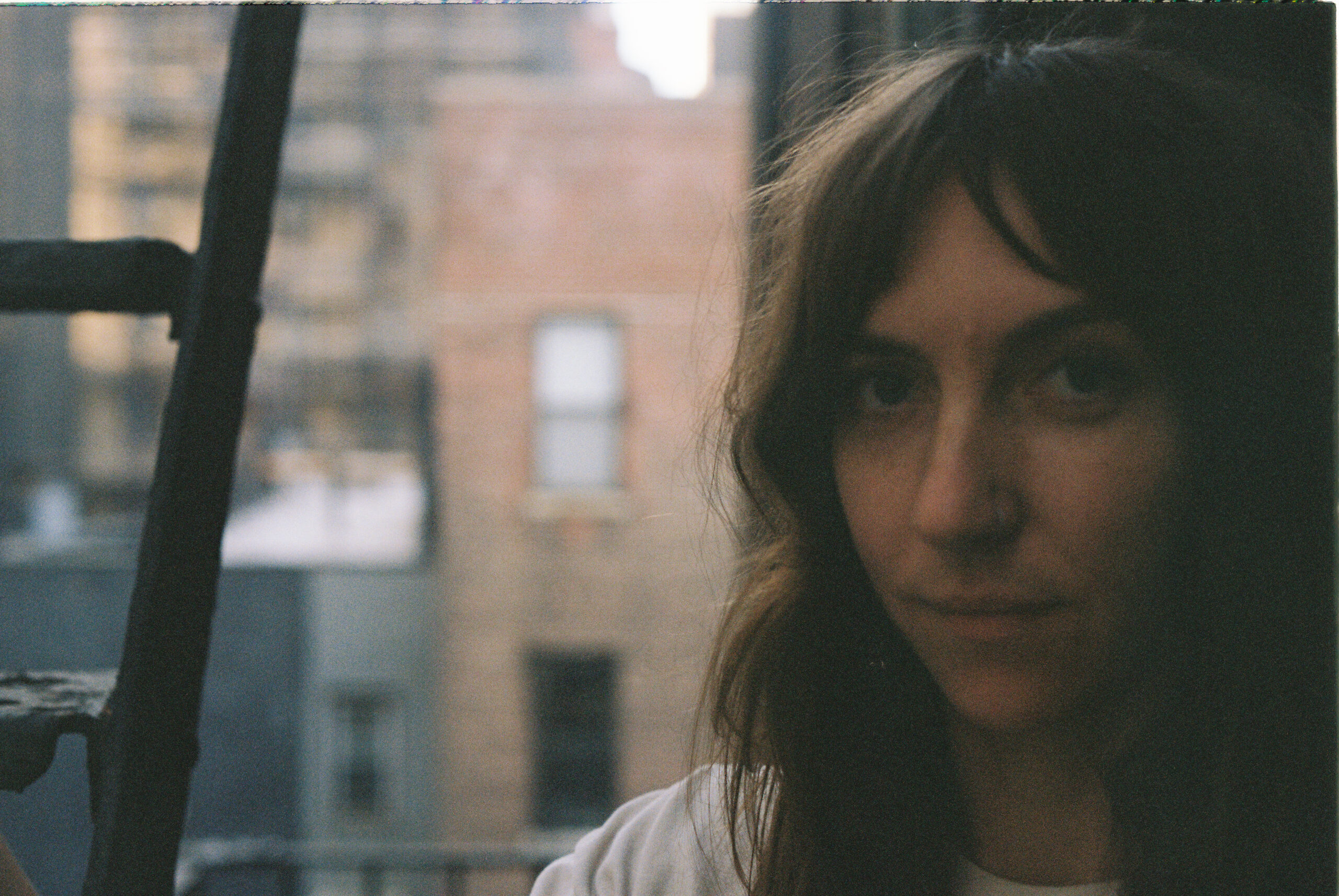Arguably the progenitor of EDM music and culture, DJ/producer Paul Oakenfold has no qualms about the hyper-colored, mainstream juggernaut he has spawned. In his 53rd year, Oakenfold is more interested in playing Mt. Everest then bemoaning a culture that has been co-opted by the likes of the Chainsmokers, flower crowns, and the disastrous Fyre Festival. The death rattle of Fyre still reverberates; a glossy, shadowy looking glass that reflects all that is wrong, soulless, and vacuous in dance culture. To be fair, Fyre wasn't strictly a would-be EDM Fest, but the tropical location, beautiful people, and reality escape was exactly what Oakenfold started 30 years ago, when he and a group of friends spent a legendary week in Ibiza that kickstarted Britain's acid house culture.
Since that hot Ibiza summer in 1987, Oakenfold has never slowed down. In addition to being voted the #1 DJ in the world twice by DJ Magazine, the three-time Grammy-nominated Oakenfold has played the Great Wall Of China, opened for U2 and Madonna, and performed with a 75-piece orchestra at the Boston Pops. In what is perhaps his greatest adventure, this past April, Oakenfold -- with more than 300 hikers -- made the 37-mile hike through Nepal's remote villages and the Himalayan Mountains for a live concert, spinning a set at the base camp of Mount Everest to launch the SoundTrek series.
The three-hour concert will be featured in an upcoming documentary, and we spoke to Oakenfold about the Everest experience, the EDM bubble, and the importance of always seeking new adventures.
STEREOGUM: How did the Everest performance take shape? Who came up with the idea?
OAKENFOLD: It was something we had been working on for a couple of years. It was really difficult to pull off because there were so many moving parts. We needed permission to do it. The time of year, with respect to the climbers, was crucial. Of the four charities I chose to do it for, two were local charities benefitting Nepalese children in the Himalayas because of the earthquake. The other two charities were London-based, representing youth and music. I didn't really want to talk about the project until proof of concept, because I've never hiked in my life. I've never slept in a tent. I'm a city boy. Preparing was hard for me. I trained for five months, hiking and working out. I had to learn breathing techniques because you're so high up. I asked how the equipment would hold up at that altitude, and nobody had any idea because it had never been done before. At night, it was negative-16 degrees. It came together and God willing, we pulled it off. I've only been back a few days and I'm still exhausted. I'm physically and mentally drained.
STEREOGUM: Are you a smoker? Did you have to quit any bad habits in preparation?
OAKENFOLD: I've never been a smoker. I drink, but I stopped drinking and got into a solid routine. I literally had never hiked before, so I had to knuckle down and focus. We raised a lot of money for the charities and there's a documentary coming out. Hopefully it will inspire people to do something outside their comfort zones for good causes.
STEREOGUM: Did Sherpas act as roadies?
OAKENFOLD: The Sherpas are incredible people! You talk about hard work. I had a backpack, but these guys were carrying equipment and everyone's bags, packs, tents, and food. They're born on these hills and they're really nice, good people. It was a pleasure to work with them. After the earthquake, tourism severely dropped. Hopefully I proved that it's safe to go back up and hopefully people will go on the trek of their lives. It really is an amazing adventure and I'm so happy that I did it. If I can do it, I honestly think anyone can do it, if they have the will and determination. It will change your life in so many good, positive ways. Why shouldn't we all experience something like that?
STEREOGUM: Take us back 30 years to Ibiza, and the week that essentially birthed club and festival culture.
OAKENFOLD: I never thought that I'd be talking about that week, 30 years on, and the birth of electronic music as it's known today. We came back from Ibiza and started the whole thing. I was just a young kid inspired by the music I heard and inspired by the environment. I didn't want to leave it in one place. I wanted to continue to have those wonderful moments and feelings. That's really what it was all about. The generation of today is still doing it. They're still listening to the DJ, feeling the music and jumping up and down. It's the same thing as when we started it. The scene has grown up though. Electronic music has grown into a billion-dollar industry. We've done all the hard work and we're here to stay. Look at the work of some of my colleagues who have big commercial pop hits, like Calvin Harris, Diplo, Skrillex, and Avicii. They really know how to make great music, share it with people, and become very successful.
STEREOGUM: The Chainsmokers have spent 52 weeks in the Hot 100 Top 10. What are your thoughts on them?
OAKENFOLD: I think the Chainsmokers are really good producers and very talented individuals. They have their own distinctive sound and they understand song and production. I don't know them personally, but I like their songs.
STEREOGUM: Does art lose its purity when it has been co-opted by the mainstream?
OAKENFOLD: No, I don't think so. When I go into the studio, the canvas is blank. I want to come up with a creative piece of music. We make something from scratch. Let's say we make a great song and are excited about it. You want to share that song with the world. If the majority of people like it and it becomes commercial, then it becomes a hit. What's wrong with that? Do you want to go into the studio with me and we're the only two people in the world to hear it? Do you not want to go back to your friends and family and say, "Check this out. Listen to what I did with Paul"? That's what music is all about! Music gives you a great feeling and it's there to share. If you can put a smile on someone's face with a piece of music, then so be it. When I was on Mt. Everest and played music, there were people from all over the world in front of me. They were holding up their flags and coming up to me for photos. There were only about 300 people up there, but it was a special moment. I don't want to make music that I'm going to be the only one fucking listening to it. I want to share things with people and make them happy. That's what being an artist is all about.
STEREOGUM: I think it's universal for a certain demographic of punk, EDM, or indie rock fans. They hate when anything goes mainstream. I have numerous friends who become bitter, and I have to admit to being guilty of it myself.
OAKENFOLD: What is EDM? It's an umbrella term for all kinds of electronic music, whether it's house, trance techno, dubstep, or rave falls under EDM. The media took EDM and commercialized it, which is what you're talking about. Who likes all kinds of music? There's some electronic music that I don't like. I certainly understand that some of your friends are more purists, and they don't like the commercial side of electronic music. They like deep house and I get that! But isn't the pie big enough for everyone? We live in a musical community that is 30 years old. There was electronic music before the birth of what we know electronic music to be today. It was even more underground.
STEREOGUM: I read a recent Guardian interview with promoter Gary Richards about cleaning up the EDM drug scene. At shows, do you find that people are far more interested in partying and aren't listening to the music like they used to?
OAKENFOLD: When I play big events, I think it's more about friendship. You gather all your friends for these festivals, like Coachella. It's not like you go alone. It's an experience you share with your friends. You dress up, listen to various DJs, and that's what electronic music is all about. More than anything, it's about the experience now. Gary would know more about drug use because he's the one who puts on the festivals. When a DJ goes to a festival, they arrive, play, hang out for a bit, then leave. They don't go hang out in the crowd.
STEREOGUM: If the EDM bubble has popped, what's the future?
OAKENFOLD: People who have gotten into electronic music through the commercial side of it will start to dig deeper. In terms of where we are, I think that is the future. Their first experience will be the commercial side, and then they start to explore other genres and become more knowledgeable. That's always been the trend in Britain, and America really picked up on electronic music about 10 years ago I suppose. With someone like Skrillex, I knew it was going to become popular when I heard it on the radio. Top 40 radio determines what is massive or is going to become popular. When pop artists, like Lady Gaga and Black Eyed Peas started using electronic rhythms, and the tempos were getting faster, I knew it was only around the corner before it blew up.
STEREOGUM: Are there any artists who you find particularly offensive, in the sense that they've stolen your culture?
OAKENFOLD: Not really. If you understand music in general, other artists chase the sound that becomes a hit. That's how pop culture works. I'm not really in the pop world, so I just get on and do what I do. Hopefully people like it, and that's it for me. If you and I make a song that becomes popular, people are going to try and copy us because they want a hit. There may not be any continuity in the music because they're chasing the current sound that's popular with youth culture.
STEREOGUM: You've done a ton of remixes. Have you ever heard from an artist who didn't like the remix?
OAKENFOLD: There's only been one: Sting. He didn't like it, so it didn't come out. To be honest, it's not really a big deal. You can't please everyone. I was hired to do a remix, I did my best, and the artist didn't feel it was right. I still got paid, but I obviously disagreed with their decision. I played it out and it worked. Maybe at the time I did it, 15 years ago or whenever it was, it was too advanced for a rock band. I want to keep the integrity of the artist intact, which is very important. I have to respect the artist when they or the record company asks me to do a remix. If you hire me to do a remix, you've got to expect that the whole rhythm is going to be different and it's going to work for a dance floor.
STEREOGUM: What's the best show you've ever played? One where the energy was off the charts?
OAKENFOLD: Wow, it's hard to pick just one. The first time I played the Hollywood Bowl or Madison Square Garden were off the charts for me. The Great Wall Of China or opening for U2, Madonna, and the Chili Peppers were all amazing, big shows that I've been lucky enough to play. It's very difficult to name just one. When I performed at the Boston Pops, with a 75-piece orchestra or the Main Stage at Coachella, there's been so many great moments that captured a very special, brilliant time. How can I pick one?
Details on the SoundTrek documentary will be revealed in the coming months.
